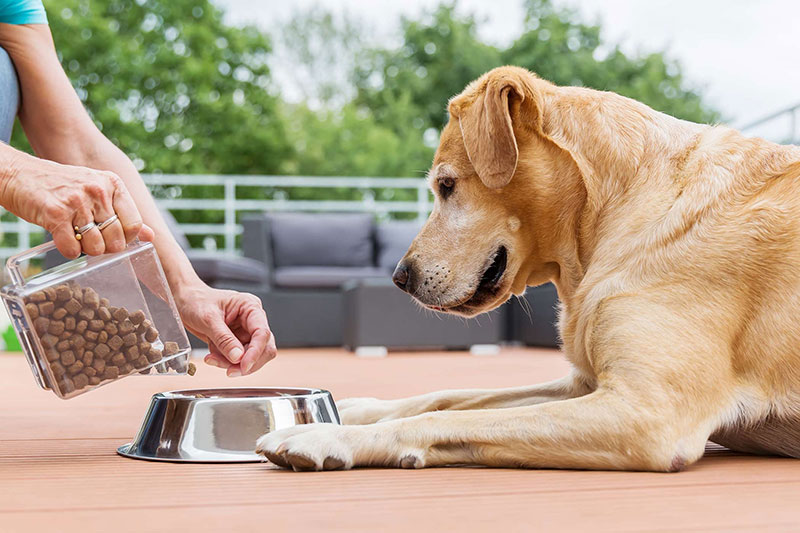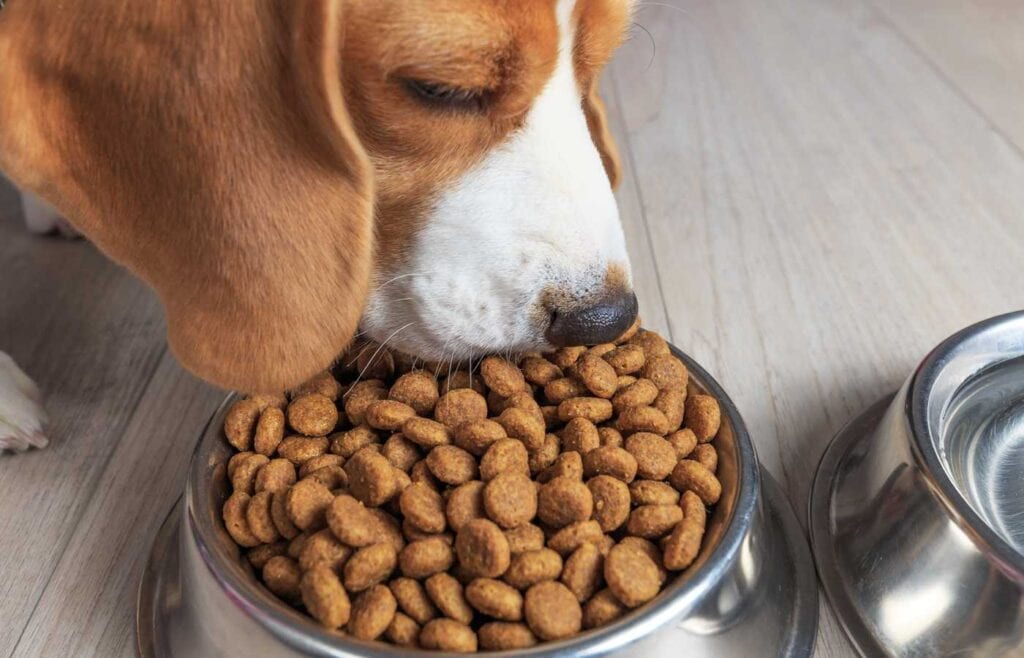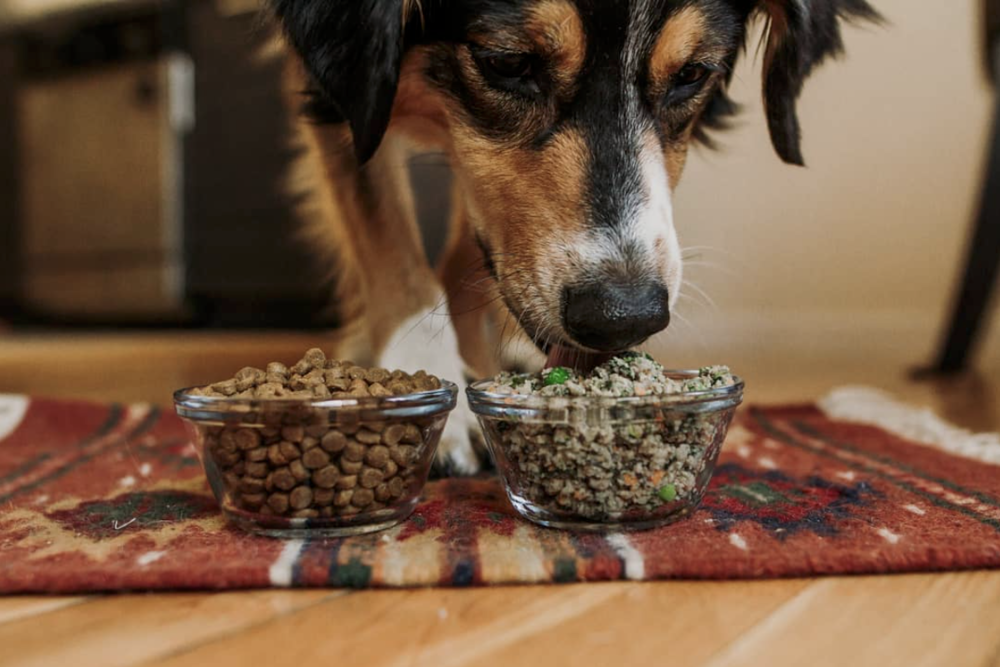
5 Nutritional Mistakes Dog Owners Make – 2024 Guide
One of the most critical aspects of pet care is nutrition. Like human beings, dogs need a varied, proper, and nutritionally balanced diet foods and treats to stay healthy and happy. Tail Bangers, is among many commercial manufacturers dedicated to ensuring your pet consumes products that meet their exact nutritional requirements.
Pet parents, however, often seem confused when it comes to selecting the most suitable diet for their furry friends. Whether you are a new pet parent or season, see below some common nutritional mistakes to avoid. Before we start with this list, we would suggest investing in the best pet insurance, like Bivvy insurance, to ensure that your pet is getting the best possible treatment.
1. Feeding Your Dog with Human Food

Some dog owners reward their pets with human food products during training sessions. Others give into the pets begging habit and share their tasty food. In some cases, pet owners do not have a diet for their dogs and feed the pets’ human food regularly. Most do it from the common misconception that human food is good for dogs, as it is for people. Feeding dogs on such products can lead to severe and, in some cases, fatal health issues.
Many tasty products by human standards contain excess amounts of sugar, salt, fat, artificial sweeteners, spices, colorants, and such elements that are forbidden for animals. Feeding your dog with leftovers from the table may lead to health problems and an unbalanced diet. The human diet contains several food products that can harm your pet and cause death in some extreme cases.
2. Food Intake that is inadequate to Physical Activity
The correct food nutrition schedule should reflect the dog’s general health, special conditions, and most importantly- physical activity levels. Unfortunately, some pet parents feed their dogs the same amount and type of food despite physical activity changes.
One important rule of healthy dog nutrition is that the amount your pet consumes should match the level of activities a dog involves in. active dogs need more food while less physically active ones require less. This applies to select foods and treats as well.
Paying attention to the way your dog eats will help you tell if he is getting enough food. If your pet chases or keeps licking the empty plate after a meal, consider adding them more food.
3. Inconsistent and Wrong Food Intake

Dogs need a reliable feeding schedule like babies, toddlers, or children, with no excuses or exceptions. Here are some guidelines to follow:
- Puppies require several feeds in a day from birth to about two months of age, 5-6 times from two to four months, and four times from four to seven months. Older dogs should feed 3-4times a day.
- Adult dogs can survive two servings a day, with in the morning and another in the evening.
- Feed old dogs twice or three times a day, and in most cases, you need special food that meets their nutritional requirement.
- Allow pets about 15-20 minutes to eat. Take away the plates from them after the allocated time, whether it is empty or not.
- If you are feeding your dog dry food, provide fresh and clean water.
As long as the dog does not show any signs and symptoms of being unwell, do not worry when it refuses food for hours or the whole day.
4. Feeding Your Dog Harmful Foods
There are many foods like garlic, chocolate, alcohol, sugar, peach or apricots pits, grapes, onions, yeast dough, avocados, raisins, and mushrooms that humans consider extremely tasty.
Unfortunately they are dangerous for dogs. Here are foods to you should not feed your pet:
- Foods that contain an excessive amount of salt are dangerous to both dogs and humans. Dogs are, however, susceptible to large amounts of salt and risk suffering from sodium poisoning, which manifests with diarrhea, fevers, seizures, or vomiting. In some cases, the effects are fatal and can lead to death.
- Chilly or spicy foods can harm your pet’s digestive system. In some cases, dogs that consume chilly and spicy foods can ruin their sense of smell, and this is a problem for any dog.
- Raw fish, eggs, and meat may contain different viruses and bacteria – E.Coli in eggs and Salmonella, pestis canum in mutton and pork, other parasites in trout, sturgeon, salmon, or shad. Regular consumption of raw eggs may affect the absorption of vitamin B. This may lead to a vitamin B deficiency and related symptoms. Raw mutton and port can cause your pet stomach and liver problems in dogs.
- Garlic and onions can have adverse effects on dogs as regular consumption will affect red blood cells, causing health problems. These can happen with any garlic or onion products.
- While milk and milk products are safe for little dogs only up to four or five months, it can cause diarrhea and stomach upset in adult dogs. It is also a typical cause of allergy.
- Alcohol, caffeine, and tea drinks are dangerous and forbidden for dogs as food and beverages containing these elements may have adverse effects on your pet’s health. Even a small amount of coffee can have adverse health complications like muscle tremors and bleeding, or heart palpitations. Even a small amount of alcohol can cause a coma, difficulty breathing, and can be extremely dangerous for your dog.
5. Sudden Change of a Dog’s Diet

A sudden switch in a pet’s diet can cause serious health issues, especially in old, young dogs or animals suffering from chronic conditions. Consider replacing the old diet with foods similar in texture if possible. Even during the switch, follow the recommended nutritional guide for dogs to keep it in good health.
Change your pet’s diet gradually in 7 to 10 days when you need to switch. The best way to do it is to start by mixing the new food type with the old one, as you gradually increase the new brand’s quantity. A slow switch of the food gives your pet’s digestive system time to adjust to a new food, preventing digestion problems.
Conclusion
When planning for your dog’s meal, consider the activity level, health, age, and look for varied, safe, and new food combinations. Consult a professional or vet when you are uncertain of the best nutritional plan for your pet.
